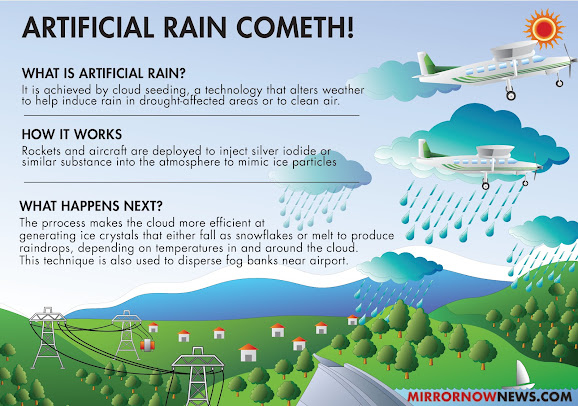
Are you interested in learning about how to artificially create rain? While we cannot control the weather, there are techniques we can use to encourage rainfall artificially. In this post, we will explore the most popular methods for inducing rainfall.
Cloud seeding - This is the most common method used to induce rainfall. Cloud seeding involves introducing substances such as silver iodide or potassium chloride into clouds to encourage precipitation. These substances attract moisture, causing clouds to release rain or snow.
Ice nucleation - Ice nucleation is a technique where tiny particles, such as bacteria or mineral dust, are released into the air. These particles serve as a catalyst for water droplets to freeze, resulting in snow or rain. Ice nucleation is often used to create snow for ski resorts and other winter activities.
Atmospheric ionization - This method involves the use of ionizing radiation, such as gamma rays or x-rays, to ionize the air molecules. This ionization process creates clouds that are more likely to produce precipitation.
Hygroscopic flares - This technique involves releasing flares that contain hygroscopic salts such as sodium chloride or calcium chloride into the air. These flares cause water vapor in the air to condense, leading to the formation of rain.
It's important to note that while these methods can induce rainfall, they are not always reliable and may have environmental impacts. Additionally, some countries have regulations that limit the use of these techniques.
In conclusion, artificial rain is a technique that can be used to increase rainfall artificially. Cloud seeding, ice nucleation, atmospheric ionization, and hygroscopic flares are some of the most popular methods used for inducing rainfall. However, it's important to use these techniques responsibly and with consideration for the environment.















0 Comments